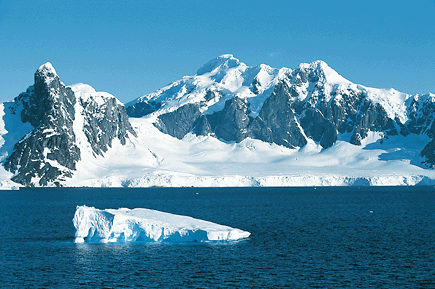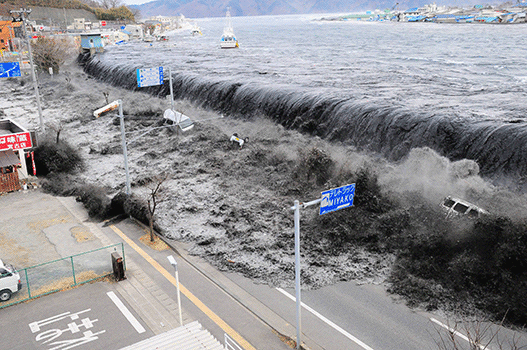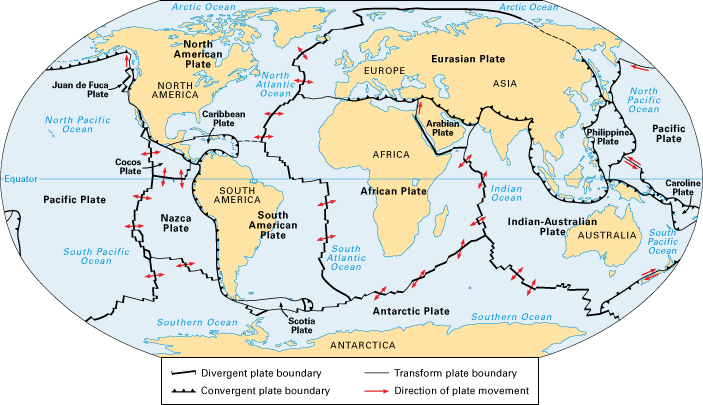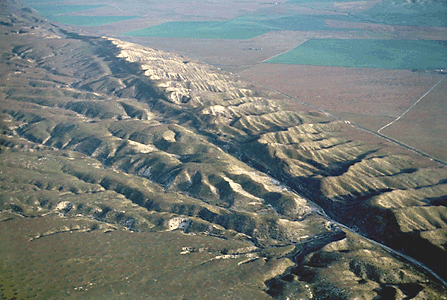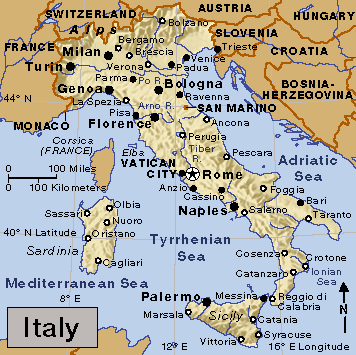Major Quake Hits Chile
Wednesday, April 2nd, 2014April 2, 2014
A magnitude-8.2 earthquake slammed northern Chile last night, setting off a tsunami that forced tens of thousands of people to evacuate the country’s 2,650-mile- (4,260-kilometer-) long coastline. Waves as high as 6 feet (2.1 meters) were reported in some areas as well as along the Peruvian coast. The coasts of Peru, Ecuador, Colombia, Panama, Costa Rica, and Nicaragua were put on alert, and an advisory was issued for Hawaii. However, no major damage was reported. Electric power failed across much of Arica, a port city of about 200,000 people. The death toll across the region remains uncertain.
The quake was felt as far away as Bolivia’s capital, La Paz, some 300 miles (480 kilometers) from the earthquake’s epicenter off the coast near the Chilean copper mining city of Iquique, which is also a major port. During an evacuation in that city, some 300 prisoners escaped from a woman’s prison.
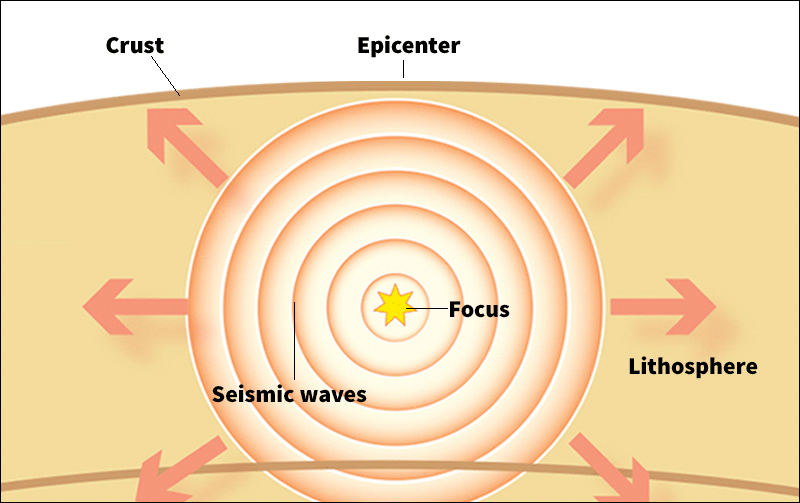
An earthquake occurs when Earth’s rock suddenly breaks and shifts, releasing energy in vibrations called seismic waves. The point on Earth where the rock first breaks is called the focus. The point on the surface above is known as the epicenter. (World Book illustration)
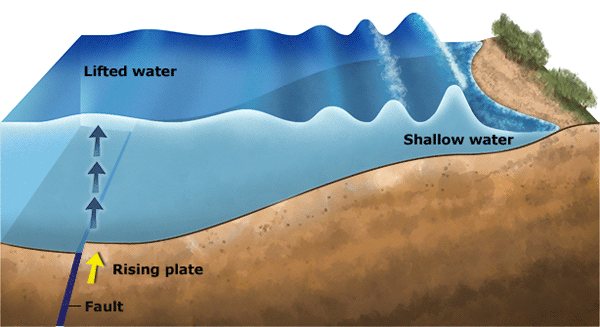
A tsunami can occur when an underwater earthquake displaces a large part of the sea floor. In this illustration, a tsunami wave spreads from a fast-rising section of ocean floor. The rising plate lifts the water above it, raising a hump of water that quickly ripples outward. As the ripple enters shallow water, it slows and grows in height. (World Book illustration by Matt Carrington)
Chile lies in one of the world’s most earthquake-prone zones. In 2010, a magnitude-8.8 earthquake off the coast of central Chile left more than 500 people dead. In 1960, a magnitude-9.5 earthquake hit off Chile’s coast near the city of Valdivia. More than 1,600 people were killed, largely from a subsequent tsunami. Seismologists believe the 1960 quake was the largest of the 20th century.
Additional World Book articles:
- Plate tectonics
- Big Waves: Tracking Deadly Tsunamis (a special report)
- When the Earth Moves (a special report)
- Chile 1960 (a Back in Time article)
- Chile 2010 (a Back in Time article)

